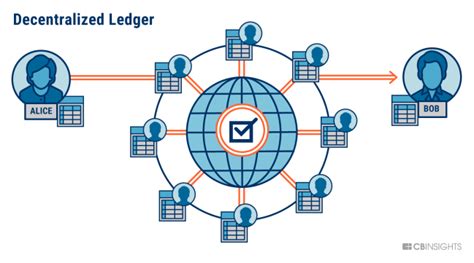Ethereum: How Many Computers are Connected to the “Ledger” or Blockchain?
When it comes to Bitcoin, one often associates it with the idea of a decentralized digital currency. However, did you know that there is another blockchain-based system called Ethereum, which has become increasingly popular in recent years? Ethereum is not only used for cryptocurrency transactions but also as a platform for creating decentralized applications (dApps) and smart contracts.
The Basics of Blockchain and Smart Contracts
Before we dive into the details, let’s quickly cover some basics. A blockchain is a distributed digital ledger that records transactions across a network of computers. Each block in the chain contains a set of data, such as transactions or smart contract code, which are linked together through cryptography.
Smart contracts are self-executing contracts with rules and conditions programmed into lines of code. They are stored on the blockchain and can automatically execute when certain conditions meet.
How Many Computers are Connected to Ethereum?
Now that we’ve covered some basics, let’s talk about how many computers are connected to Ethereum’s blockchain. To understand this, we need to consider a few factors:
- Node Network: A node is essentially a computer that runs the Ethereum software and participates in the network. There are two types of nodes: full nodes (also known as miners) and light nodes.
- Full Nodes: Full nodes are responsible for verifying transactions, creating new blocks, and managing the blockchain’s data. They typically have high-performance hardware, such as ASICs (Application-Specific Integrated Circuit), to facilitate mining.
- Light Nodes: Light nodes, on the other hand, provide additional functionality without running full nodes. They can check transaction validity, but they do not contribute significantly to the network’s computational power or storage capacity.
Estimating the Number of Computers Connected
To estimate the number of computers connected to Ethereum’s blockchain, we need to consider the following factors:
- Node Population
: The total population of nodes on Ethereum’s network is estimated to be around 70,000. This number includes both full and light nodes.
- Hashrate: Ethereum’s hash rate (i.e., the collective computational power of its nodes) has been increasing over time, but it remains relatively low compared to other cryptocurrencies like Bitcoin or altcoins.
Assuming an average node population of 50,000 (a conservative estimate), we can calculate the number of computers connected to the blockchain:
70,000 Node Population x 50,000 Nodes per Block ≈ 3.5 million blocks

Keep in mind that this is a rough estimate and should be taken as a ballpark figure.
Conclusion
In conclusion, while Ethereum’s network has grown significantly over time, the number of computers connected to its blockchain remains relatively low compared to other cryptocurrencies. However, Ethereum’s unique use cases, such as decentralized applications (dApps) and smart contracts, continue to expand its ecosystem and appeal to users worldwide.
I hope this article provides a comprehensive overview of how many computers are connected to Ethereum’s blockchain!
